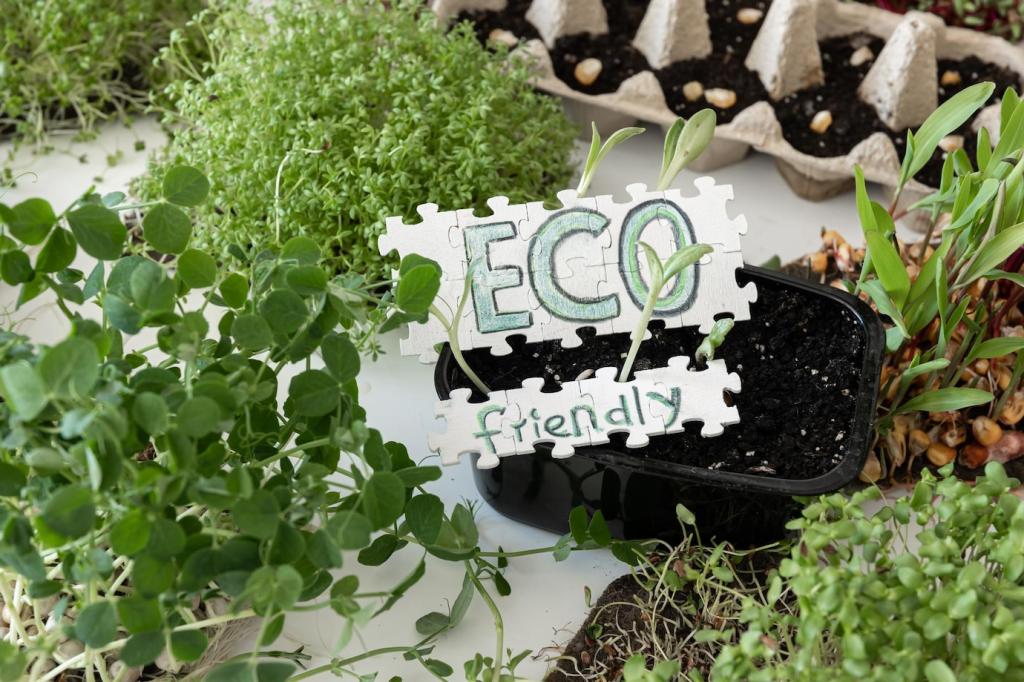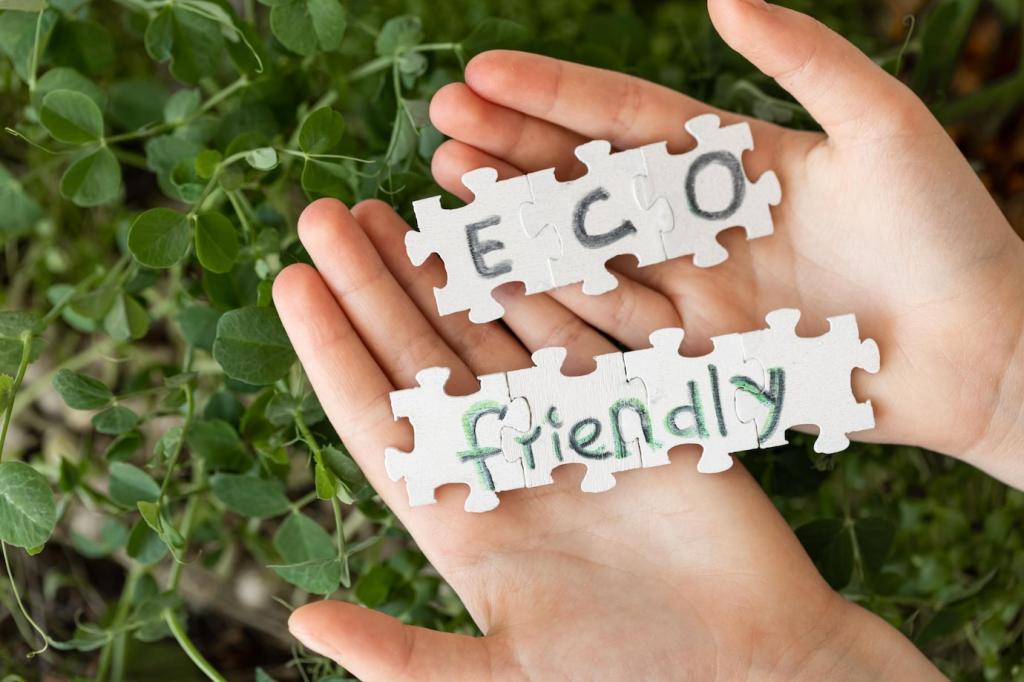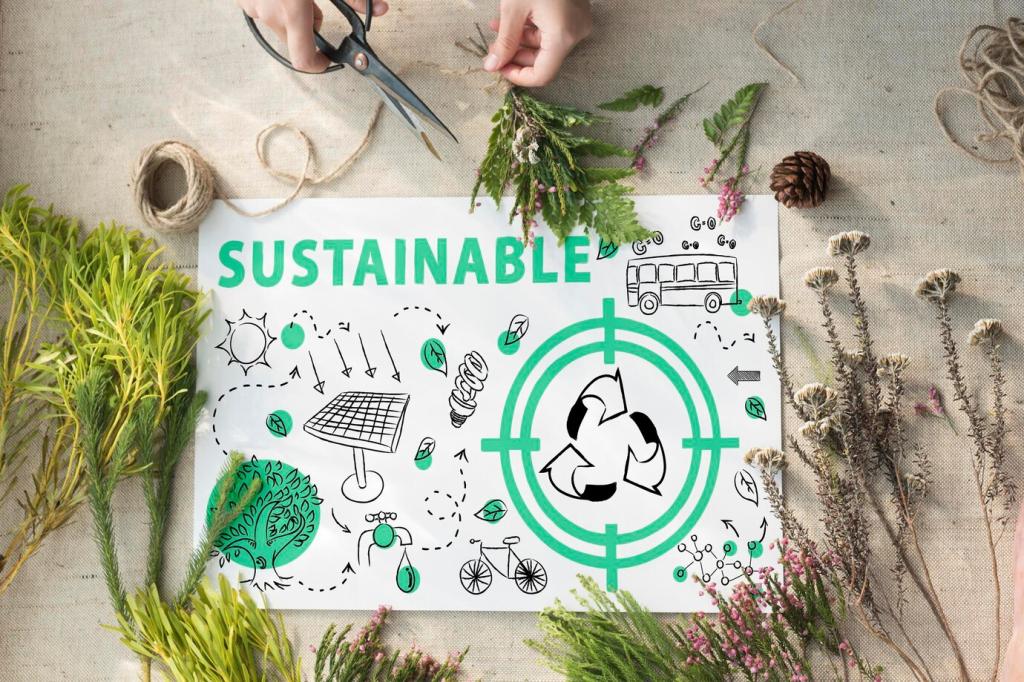Chosen theme: How to Maintain Recycled Material Furniture. Welcome to a space where dents tell stories, patina is prized, and care is an act of respect. Let’s keep your reclaimed, upcycled, and repurposed pieces strong, safe, and stunning for years to come.
Identify the materials and their previous life
Recycled furniture often blends reclaimed wood, salvaged metals, and repurposed plastics. Look for labels, ask makers, or inspect end grain and hardware. Knowing whether wood was exterior siding or old flooring tells you how it reacts to moisture, heat, and routine cleaning.
Understand finishes, adhesives, and coatings
Many pieces use low-VOC finishes or older varnishes that respond differently to cleaners. Test a hidden spot with a damp cloth. If residue lifts, you likely have a sensitive finish. Avoid harsh solvents and opt for pH-neutral cleaners and breathable protective oils or waxes.
Anecdote: the barn-wood bench that surprised us
We adopted a bench made from a collapsed barn’s joists. Under the dust lay a shellac coat that clouded with water. Switching to gentle dry dusting and a dewaxed shellac refresh saved the original glow without erasing a century of hardworking character.

Use a soft microfiber cloth or natural-bristle brush first to lift grit that could scratch. If needed, follow with a barely damp cloth and a pH-neutral soap solution. Immediately dry with a clean towel to prevent swelling, raised grain, or flash rust on mixed-material joints.

Guarding Against Moisture, Sun, and Heat
Keep indoor humidity between 40% and 55% to protect reclaimed wood from cracking or swelling. Use coasters, breathable felt pads, and raised feet so condensation and cleaning water cannot pool beneath legs, metal brackets, or pallet-wood slats.
Sunlight can fade dyes in upcycled textiles and amber reclaimed wood unevenly. Rotate pieces quarterly, draw sheer curtains at peak hours, or apply UV-protective finishes. A simple film on nearby windows can dramatically reduce fading without dimming your room’s warmth.
Avoid placing recycled furniture directly over vents, radiators, or fireplaces. Rapid warming can stress joints and encourage glue creep. Leave several inches of clearance and use insulating mats under hot appliances to protect finishes and prevent print-through on older plastics.
For reclaimed wood, consider hardwax oils or waterborne polyurethane with low VOCs. For salvaged metals, microcrystalline wax or a clear rust-inhibiting topcoat works well. For recycled plastics, use non-abrasive polishes designed for the polymer type to avoid clouding.
Finishes, Oils, and Waxes That Protect Without Hiding
Honest Repairs for Long Life
01
Stabilize cracks and loose joints
For wood splits, use high-quality wood glue suited to the environment, clamping gently to avoid squeeze-out. Structural voids can be filled with sawdust-tinted filler or a reversible conservation-grade compound, keeping repairs visible but tidy rather than pretending they never happened.
02
Mind galvanic corrosion in mixed materials
When wood meets steel or aluminum, choose compatible fasteners and consider nylon washers as barriers. A thin microcrystalline wax layer on metal hardware reduces moisture access, slowing the electrochemical reactions that cause unsightly and weakening corrosion.
03
Color matching without overdoing it
Blend touch-up colors by layering dyes and pigments lightly, then sealing. On our reclaimed-pine table, a diluted walnut dye plus amber shellac echoed the aged tone without hiding nail holes. Share your color-matching wins or questions so we can brainstorm together.
Preventive Habits and Seasonal Checklists
Use felt pads under feet, coasters under glasses, and trays for planters. Wipe spills immediately. Sweep nearby floors to cut grit that scratches finishes. These tiny rituals compound into fewer repairs and a richer patina that truly feels earned.




